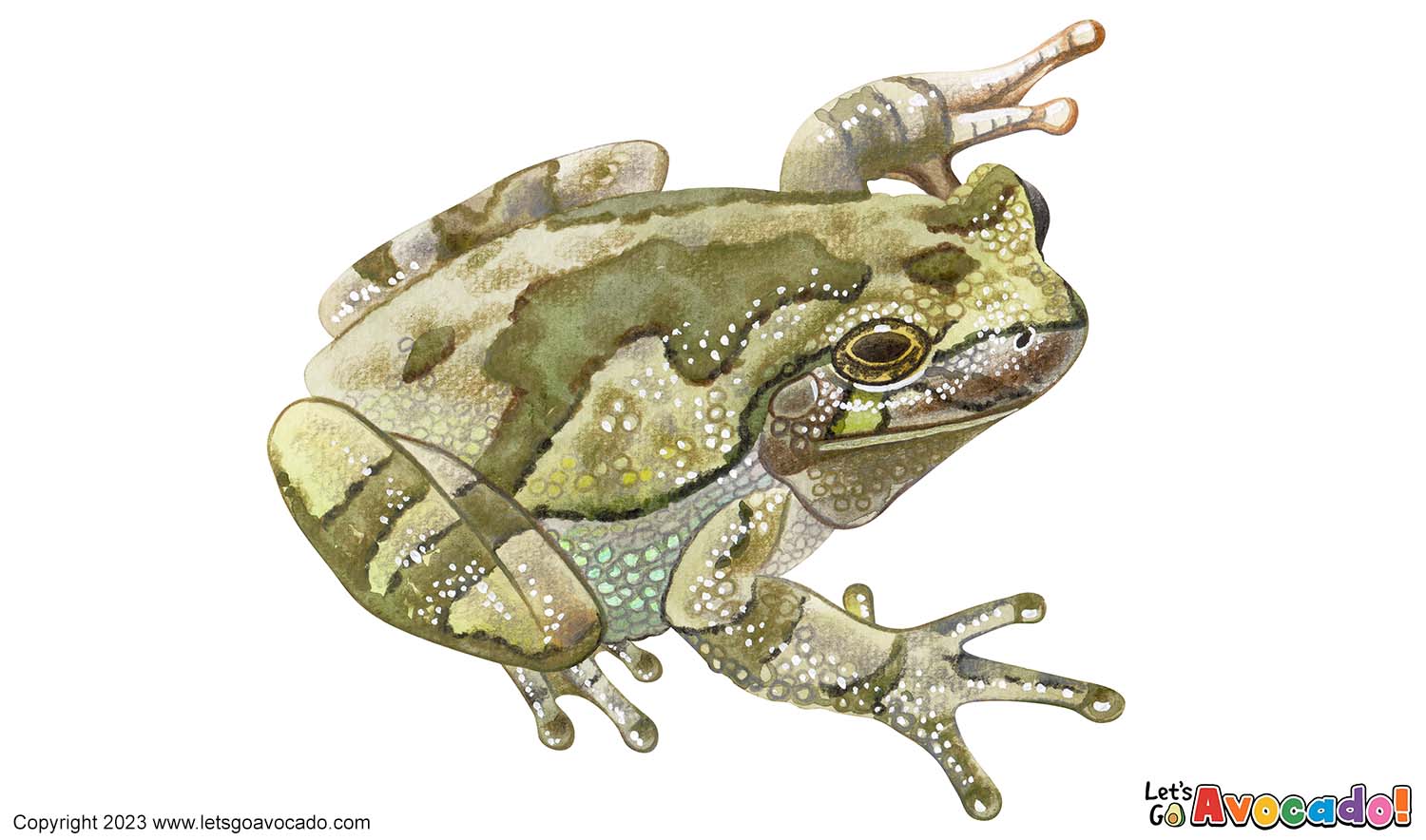

Gray Treefrog
Eastern Gray Treefrog, Common Gray Treefrog
Hyla versicolor
This page may contain affiliate links.
Read our disclosure and privacy policy here.
The Gray Treefrog, scientifically known as Hyla versicolor, is a captivating amphibian found in various parts of North America. Known for its remarkable ability to change color, this treefrog can range from gray to green or even brown, blending perfectly with its surroundings. With its distinctive appearance, including large, round eyes and sticky toe pads, the Gray Treefrog is a fascinating creature to observe. It is a small-sized amphibian, measuring around 1.5 to 2 inches in length. Often found in trees and vegetation near bodies of water, the Gray Treefrog is a remarkable climber and is well adapted to an arboreal lifestyle. With its melodious and high-pitched trills, this treefrog adds an enchanting chorus to summer nights.
Gray Treefrog
Common Name
Other Names
Latin Name
Distribution
Appearance
Size
Habitat
Behavior
Diet
Lifecycle
Vocalization
Defense Mechanisms
Ecological Importance
ConservationThe act of protecting and preserving natural resources and the environment. Conservation efforts are important to protect beavers and their habitats. Learn More Status

There’s a lot to explore right where we are, in our own neighborhoods and backyards! Join us while we get off the couch and explore the everyday wonders of nature, science, space, engineering, art, and anything else we stumble upon during on our adventures.







